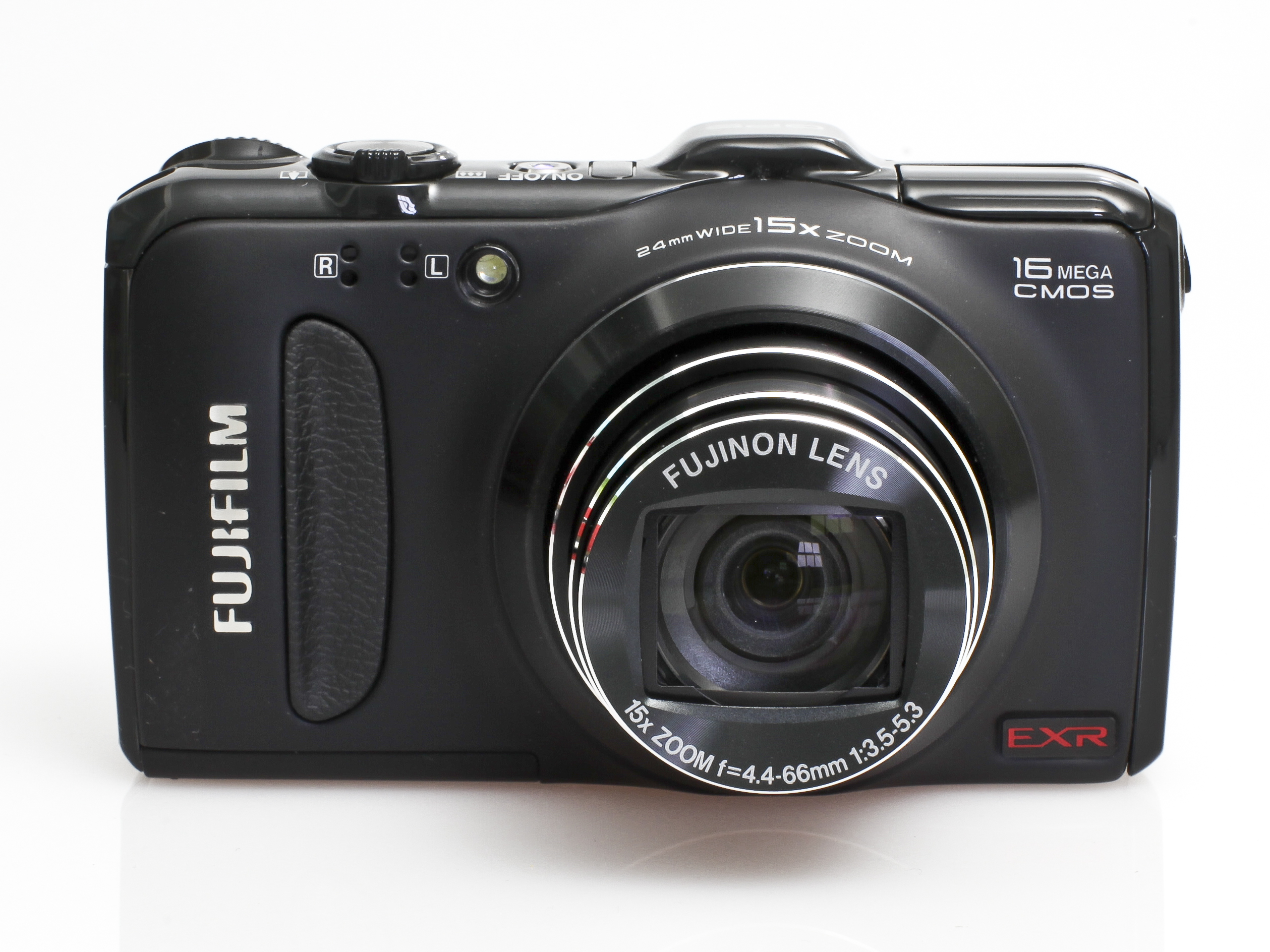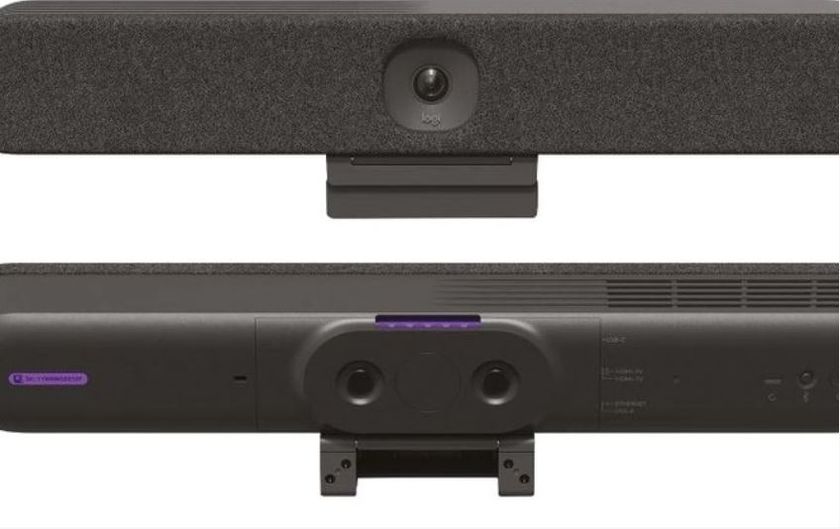TechRadar Verdict
Pros
- +
Extremely fair pricing
- +
Rock solid build and sports car styling
- +
Many latest specs
- +
As easy to use as pointing and shooting
Cons
- -
Images betray that it's a point-and-shoot camera
- -
Automatically bumps up the ISO in low light to produce rather noisy photos
- -
Relatively small sensor and high pixel count
Why you can trust TechRadar
For the past couple of years, cameras offering a broad focal range shoehorned into a pocket-sized chassis have helped prevent point-and-shoot models from being totally killed off by smartphones. Enter the Fuji FinePix F600 EXR, upgrading the FinePix F550 EXR.
It may not offer the longest reach of its rival cameras, with a 15x optical zoom equivalent to 24-360mm in 35mm terms, yet with curved edges and glossy fascia we'd argue it's the most attractive travel zoom compact camera to date.
Beneath that sports car-like exterior, the Fuji FinePix F600 EXR is neither a professional nor enthusiast photographer's camera, but rather a mass-market point and shoot. The £250 model aims to punch above its weight, however, via raw capture alongside JPEG (or in addition to), a feature buried deep within the set-up menu. Then there's the secret weapon of a back-illuminated and image stabilised 1/2-inch EXR CMOS sensor that can be used in three ways.
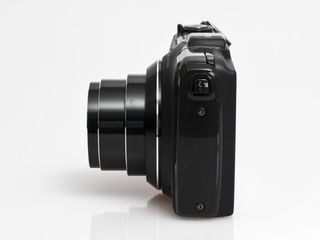
There's the choice of full 16MP resolution shots in HR (High Resolution) mode, 8MP high sensitivity low noise images in SN (Signal to Noise) mode, or an 8MP high dynamic range DR mode to theoretically avoid the bright background with dark foreground syndrome. The camera achieves the latter by automatically capturing and combining two separate shots. There's also an EXR Auto option, if you can't decide on the best fit for a scenario.
A hump above the lens signals that, like the competing 16x Panasonic Lumix DMC-FZ20 that costs £50 more, the Fuji FinePix F600 EXR marries its big zoom power with built-in GPS, whereby each image is tagged with longitude and latitude coordinates.
Moreover, its maker claims to have taken GPS to the 'next level' with an additional Augmented Reality Landmark Navigator. This uses GPS to flag up famous sites near your position that might be worth a photo.

Also new is an Intelligent Digital Zoom feature. Best practice is normally to shy away from using digital zooms, which effectively cropthe image, but Fuji claims a reach equivalent to 30x and selective sharpening, so noise doesn't increase across an image as a whole. A new Motion Detection feature also, naturally, detects if the subject is moving and cranks up the settings (such as ISO) to compensate. This isn't just hyperbole and actually appears to work, providing usable results, if not quite pin-sharp ones.
EXR modes and separate regular auto mode aside, a full complement of additional shooting modes include Program, Shutter Priority, Aperture Priority and Manual, plus a 360-degree panorama, background defocus or low-light option.
We also get scene modes that only omit the miniature, fish-eye and pinhole-type digital effects that are otherwise all the rage with competing brands.
Full HD 1080p video gets a dedicated record button, plus stereo sound and slow motion options.
There's more to the Fuji FinePix F600 EXR than one might expect at first glance, even if headline resolution, sensor size and pixel count are identical to its predecessor.

When not wrestling wild bears or leaping tall buildings in a single bound, Gavin Stoker can be found editing British Photographic Industry News, the UK's longest running and only photo trade title. He has over 25 years of camera testing and reviewing under his belt.
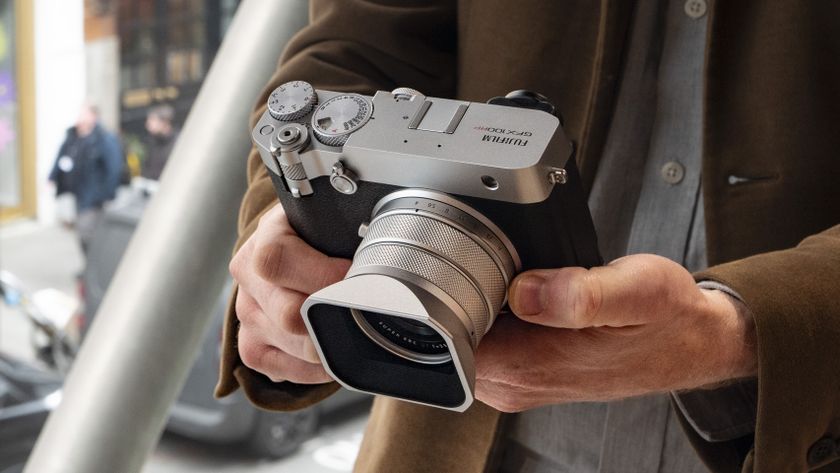
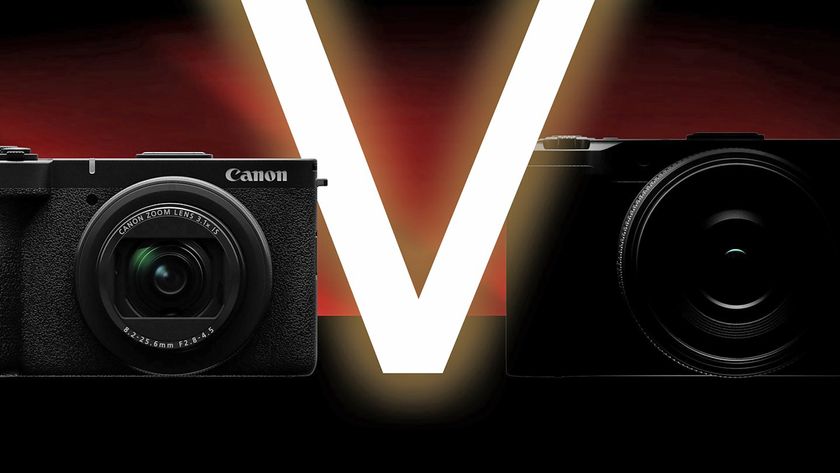
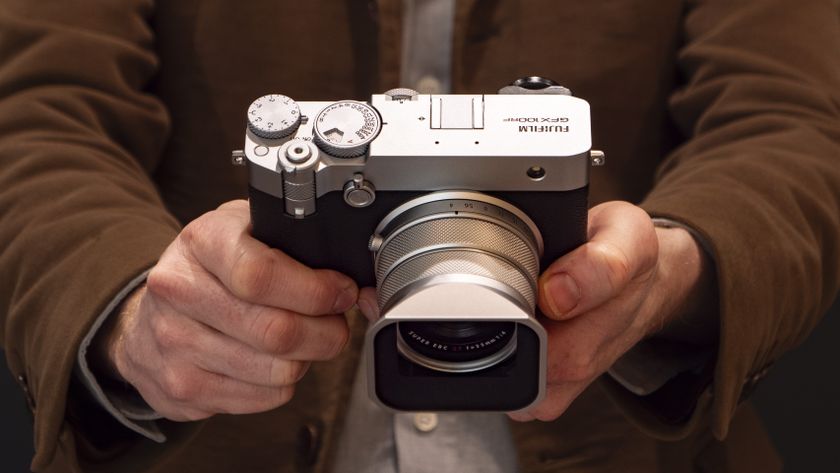
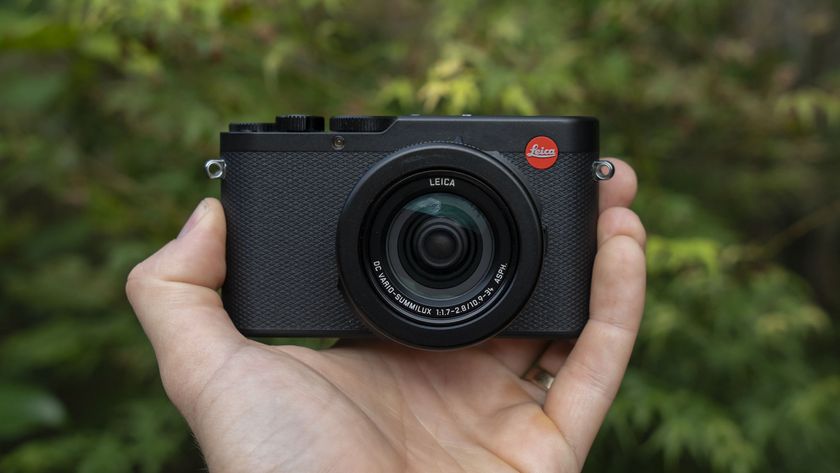
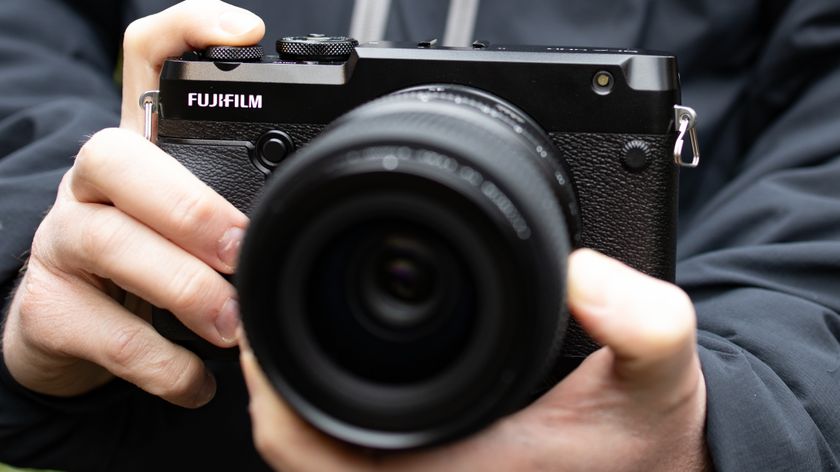
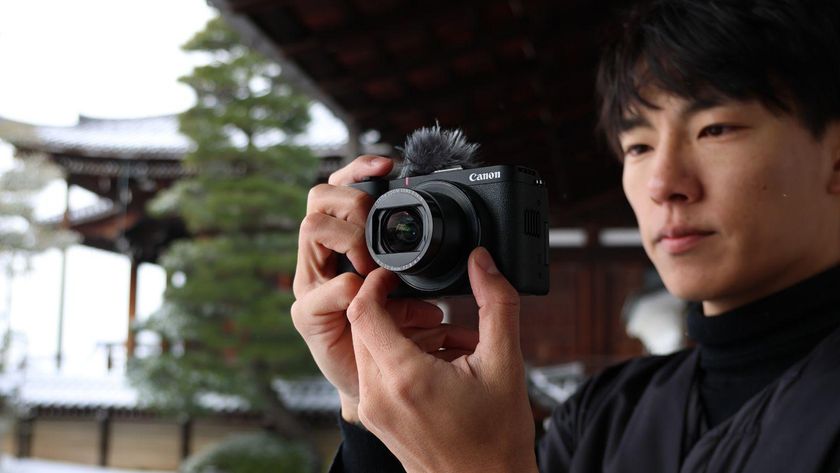



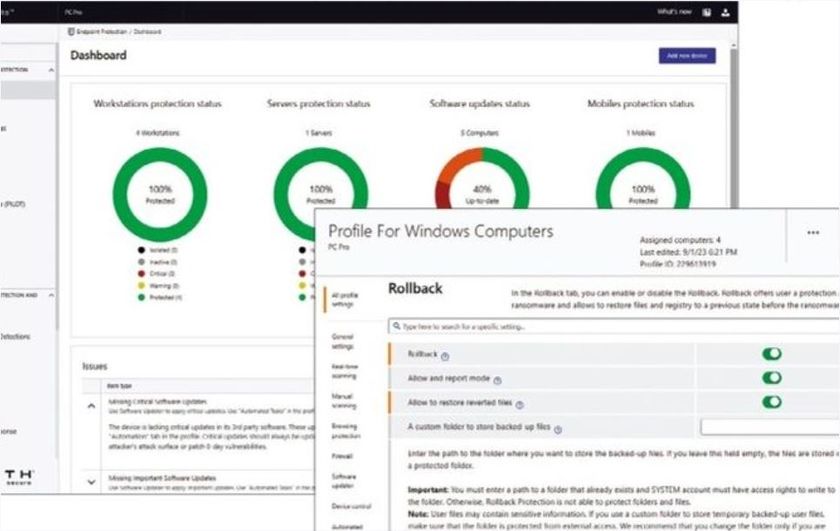
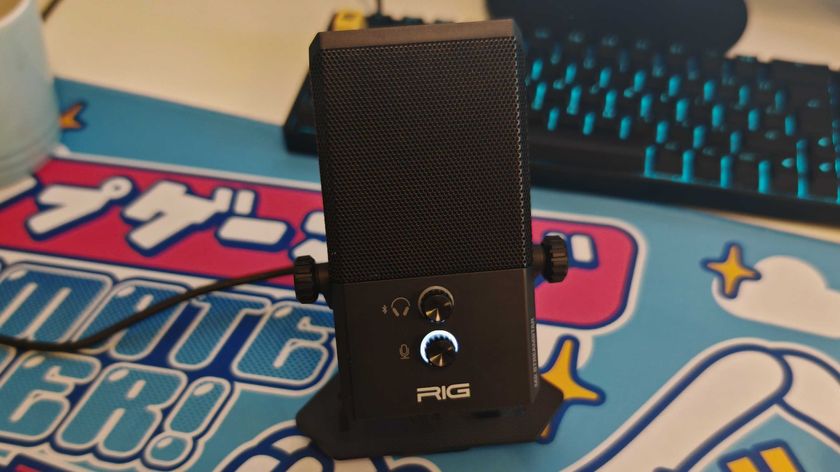
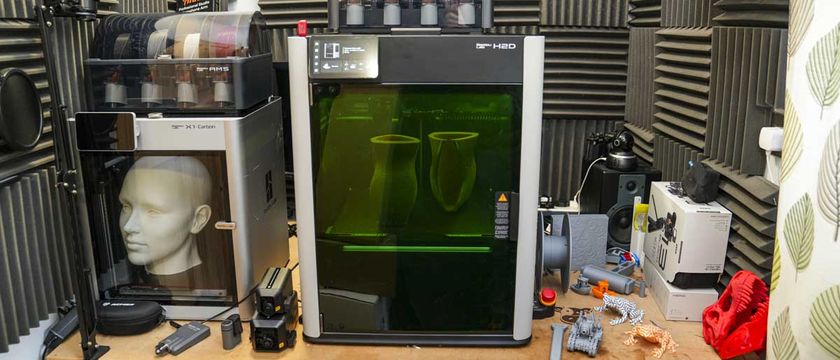
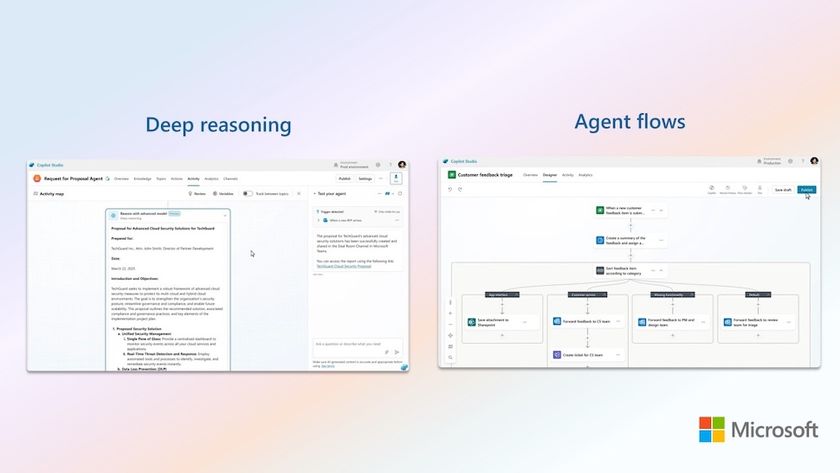
Microsoft reveals OpenAI-powered Copilot AI agents to bosot your work research and data analysis
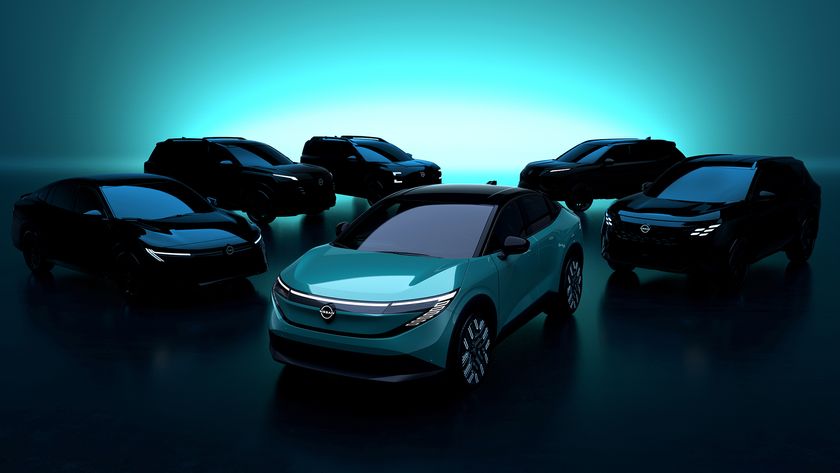
Nissan is back to its bold best with new EV lineup that's led by a third-generation Leaf – and yes, it's an SUV

I tested the WithSecure Elements EPP and EDR - read how I rated this Endpoint Protection for small business
